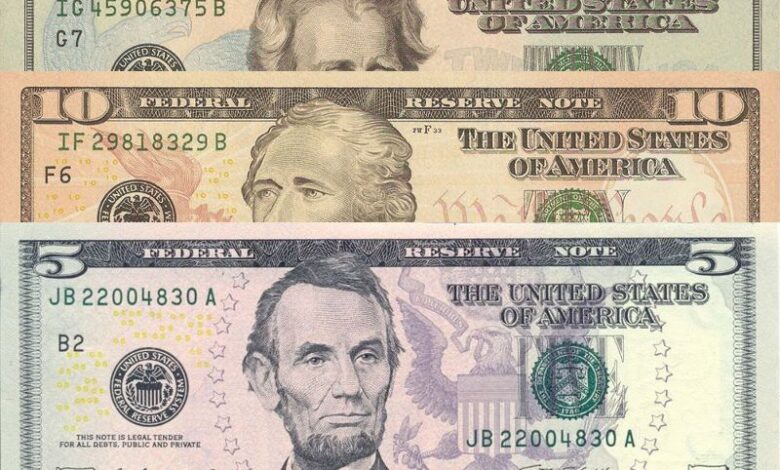A Historical Overview Of The US Dollar – Kavan Choksi

Since its inception, the United States dollar has been a staple of the global economy. The greenback is used as a reserve currency by central banks and is traded on foreign exchange markets worldwide. Experts like Kavan Choksi will take a look at the history of the US dollar and explore some of the key events that have shaped its development.
- The origins of the US dollar
Can be traced back to the early days of the American colonies. At that time, the Spanish dollar was widely used in international trade.
The first official US dollar was issued in 1792 and was based on the silver Spanish dollar. The new currency quickly became popular and began to circulate widely throughout the country.
In 1804, Congress officially adopted the gold standard and pegged the value of the US dollar to a specific weight of gold. This system remained in place until 1971 when President Nixon unpegged the dollar from gold, effectively ending the gold standard.
The floating exchange rate system we have today was introduced in 1973. Under this system, the value of the US dollar is determined by market forces, such as supply and demand.
- The gold standard and the Bretton Woods Agreement
The gold standard played a major role in the development of the US dollar. The system was introduced in 1804 and remained in place until 1971.
The Bretton Woods Agreement was an international monetary agreement that was signed in 1944. The agreement established the rules for how the global economy would function after World War II.
One of the key provisions of the agreement was that all major currencies would be pegged to the US dollar. The dollar, in turn, would be pegged to gold. This system helped to stabilize global currency markets and promote international trade.
- The Nixon Shock and the end of the gold standard
In 1971, President Nixon unpegged the US dollar from gold, effectively ending the gold standard. This move, known as the Nixon Shock, caused a major currency crisis and led to a period of high inflation.
In 1973, the floating exchange rate system we have today was introduced. Under this system, the value of the US dollar is determined by market forces, such as supply and demand.
The end of the gold standard was a major turning point in the history of the US dollar. The floating exchange rate system that was introduced in its place has helped to make the dollar one of the most stable currencies in the world.
- The rise of the petrodollar system
In the 1970s, the petrodollar system was introduced. Under this system, oil-producing countries agreed to price their oil in US dollars. This helped to increase demand for the dollar and made it the dominant currency in international trade.
The petrodollar system has been a major factor in the success of the US dollar. It has helped to make the dollar the most widely used currency in the world.
The US dollar is one of the most important currencies in the world. Its history is full of key events that have shaped its development. From its early days as a colonial currency to its current role as a global reserve currency, the US dollar has played a major role in the global economy.
Thank you for reading! I hope this blog post has given you a better understanding of the US dollar and its place in the world economy.






